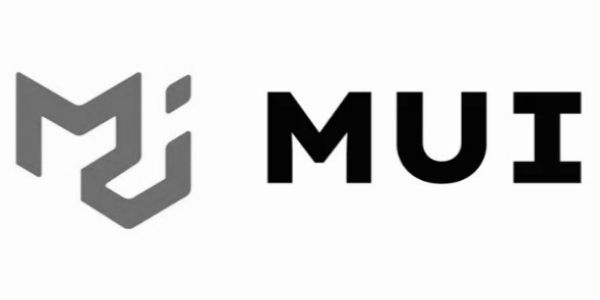Navigation

Material UI
Specialty Level
IT Tool
Related Post
Material UI
Material UI is a popular React component library that follows Google’s Material Design guidelines. It provides pre-built UI elements that help developers create responsive, accessible, and consistent interfaces for web applications.
Material UI is widely used in IT environments to accelerate front-end development, eliminate design inconsistencies, and integrate seamlessly with modern development workflows. With a large selection of customizable components like buttons, forms, and navigation bars, it supports scalable and maintainable user interface design. This framework is particularly useful in enterprise applications, dashboards, and internal tools where user experience and rapid development are priorities.
Page Index
- Key Aspects
- Based on Material Design
- Reusable React Components
- Responsive and Mobile-Friendly
- Development Tool Integration
- Supports Standardized UI
- Conclusion
- Learn Material UI in One Hour – First 10 mins
Learn Material UI in One Hour – First 10 mins
